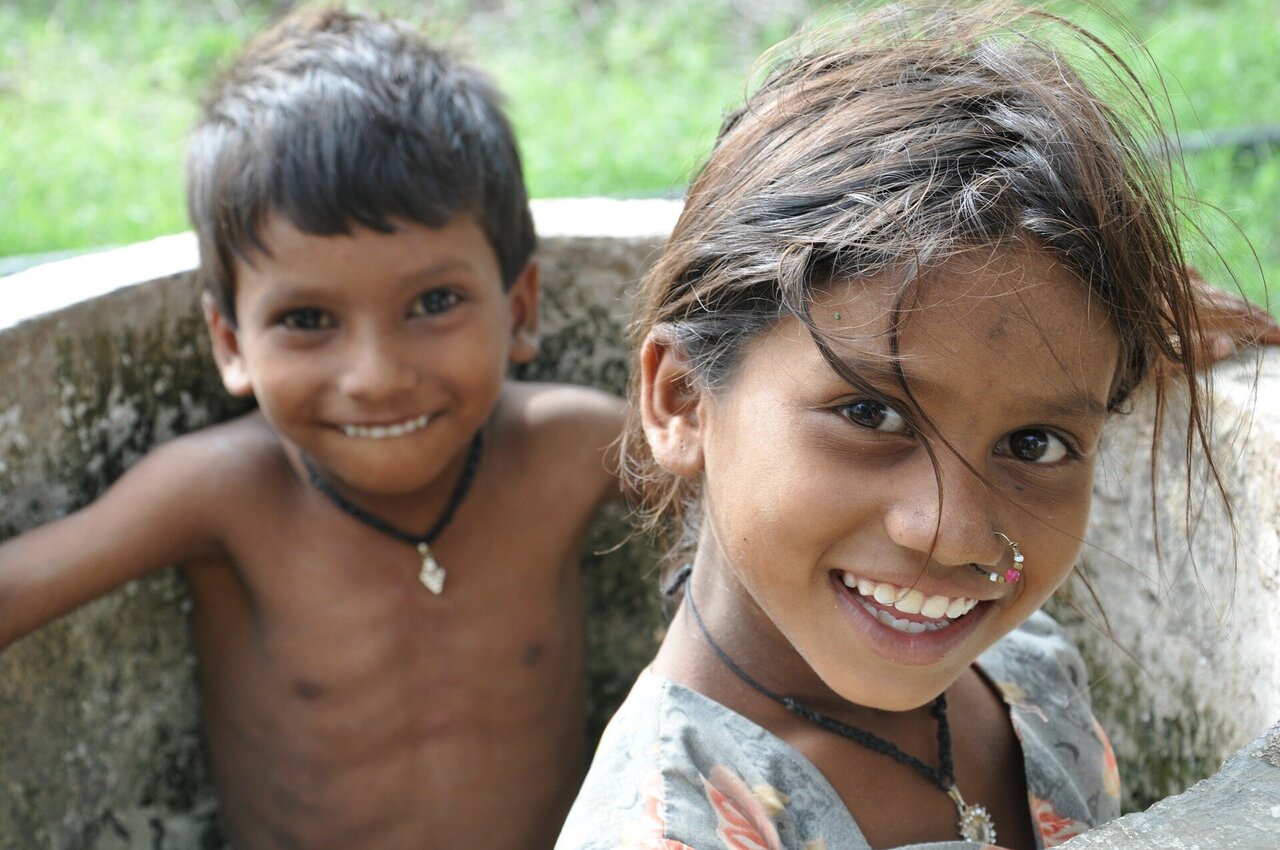Misaligned Perceptions Impact Child Diarrhea Treatment
In India, a significant disconnect between healthcare providers’ perceptions and caregivers’ actual preferences is leading to suboptimal treatment of life-threatening diarrhea in young children. A recent study published in the journal Science revealed that healthcare providers often misinterpret caregivers’ desires, opting not to prescribe the effective and affordable oral rehydration salts (ORS). This misunderstanding arises despite evidence suggesting caregivers actually prefer ORS when directly asked, highlighting a crucial area for intervention.
Study Insights on Provider Assumptions and Caregiver Preferences
The study, which involved actors posing as caregivers in two different regions of India, indicated that healthcare decisions were heavily influenced by what providers believed caregivers wanted, rather than by medical guidelines or direct caregiver input. Lead researcher Zachary Wagner from RAND pointed out that this misalignment prevents the widespread adoption of ORS, which could potentially save hundreds of thousands of lives annually. Diarrhea remains the second leading cause of death among children in low- and middle-income countries, although it can often be prevented with ORS—a simple mixture of electrolytes and water.
Strategies for Enhancing ORS Utilization
The findings suggest that clear communication between healthcare providers and caregivers about treatment preferences could significantly increase the use of ORS. Additionally, ensuring that ORS is readily available in medical facilities could further improve prescription rates. These strategies address the underlying issues of perception and availability, which are critical to improving the treatment of child diarrhea in India and potentially in other similar settings around the world. This study not only sheds light on the barriers to effective treatment but also offers a pathway to enhancing healthcare outcomes for one of the most vulnerable populations.
